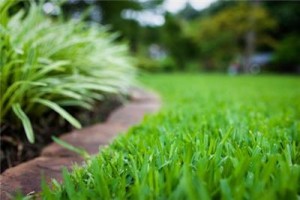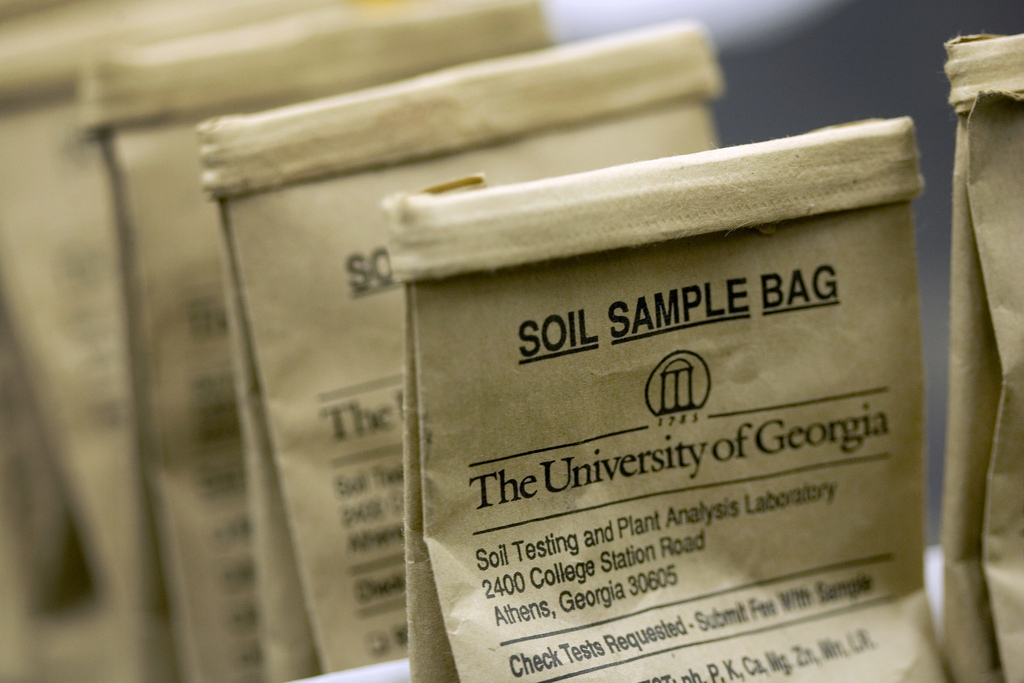Winter lawn care in the south is a bit more subdued than the rest of the year. You should not have as many issues with weeds coming up or turf getting stressed out, so you’ll do significantly less yard work. Here are the things to keep an eye on during the winter months:

- Many lawn problems begin with the fact that the average homeowner doesn’t even know what type of grass they have in their yard. For example, many herbicides are only labeled for certain lawn types.
- Use post-emergent herbicides for any weeds that survived your pre-emergent in the fall.
- Winter weeds are evident in dormant warm-season turf now. Apply spot applications of post-emergence herbicides or hand pull to control. When selecting a post-emergence herbicide such as Weed-Stop, or Weed-B-Gon, make sure you follow label directions, and that the product is approved for your particular grass type; otherwise, you may injure or kill it.
- Remember that both pre and post-emergent herbicides are pesticides. Their use is governed by the label instructions. Read and follow all of the label instructions for application-The label is the law.
- Keep the grass free of debris and periodically rake.
- Lawns should not be fertilized in late fall and winter. Applying fertilizer during winter dormancy can lead to excessive growth and weaken the grass.
- Water only in the extended absence of rainfall during the winter. If there has been no rainfall for more than 3 weeks and none in the forecast, consider irrigating.
- At the end of the winter in late February, use a pre-emergent herbicide to get a head start on the spring and summer weeds — crabgrass typically makes its debut in the later part of the winter when soil temperatures rise above 50 degrees.
Clean off the lawn — it’s the final step in winterization, Leaves and sticks left on the lawn can block the light and trap moisture. They can lead to mold and other fungus problems. Rake or blow all debris off the lawn after your last mowing. Bonus: It’s one less thing you need to do in the spring!
Most of the south deals with a relatively warm summer, and it’s important to jump on some things in the spring before the growth rates get out of control. Here are a few things to address in the spring months:

- Mow lawns after you see new growth in the turf — it’s OK to cut grass a little shorter this time of year.
- When it is time to start cutting warm-season turf such as Bermuda, St. Augustine, and Centipede, be careful not to scalp your lawn. Adjust the blade height so that the turf looks cut when finished, but you can’t see spots of soil. A good rule of thumb for spring cutting: Remove only about the top third of the grass blades each cutting. During periods of fast growth, try to cut your lawn at least once a week.
- To determine which soil amendments are needed such as adding lime and adjusting pH, do a soil test first to see where your turf needs the help. The Paulding County Extension Office can assist you.
- Adjust your irrigation schedule to provide adequate water for your lawn. Water deeply and infrequently to encourage deep root growth. Water early in the early morning to reduce evaporation and prevent fungal diseases.
- Overseed in the spring as soon as the soil temperatures are over 65 degrees. During the overseeding process, cut the grass and allow the clippings to remain in the soil for extra nutrients.
- In the late spring, it’s time to aerate and dethatch the lawn to reduce compaction throughout the summer months. Rain in the south typically comes with hot weather, and you want to prepare your turf for that.
Your lawn may not look pretty in February, but just enjoy the downtime and relax. If you follow these tips, your lawn will bounce back in the spring and look better than ever.
To assist homeowners and landscape professionals, the University of Georgia Turf Team has created a one-stop website with current, research-based information on lawn care in Georgia at https://turf.caes.uga.edu/publications/pest-control-recomendations.html.